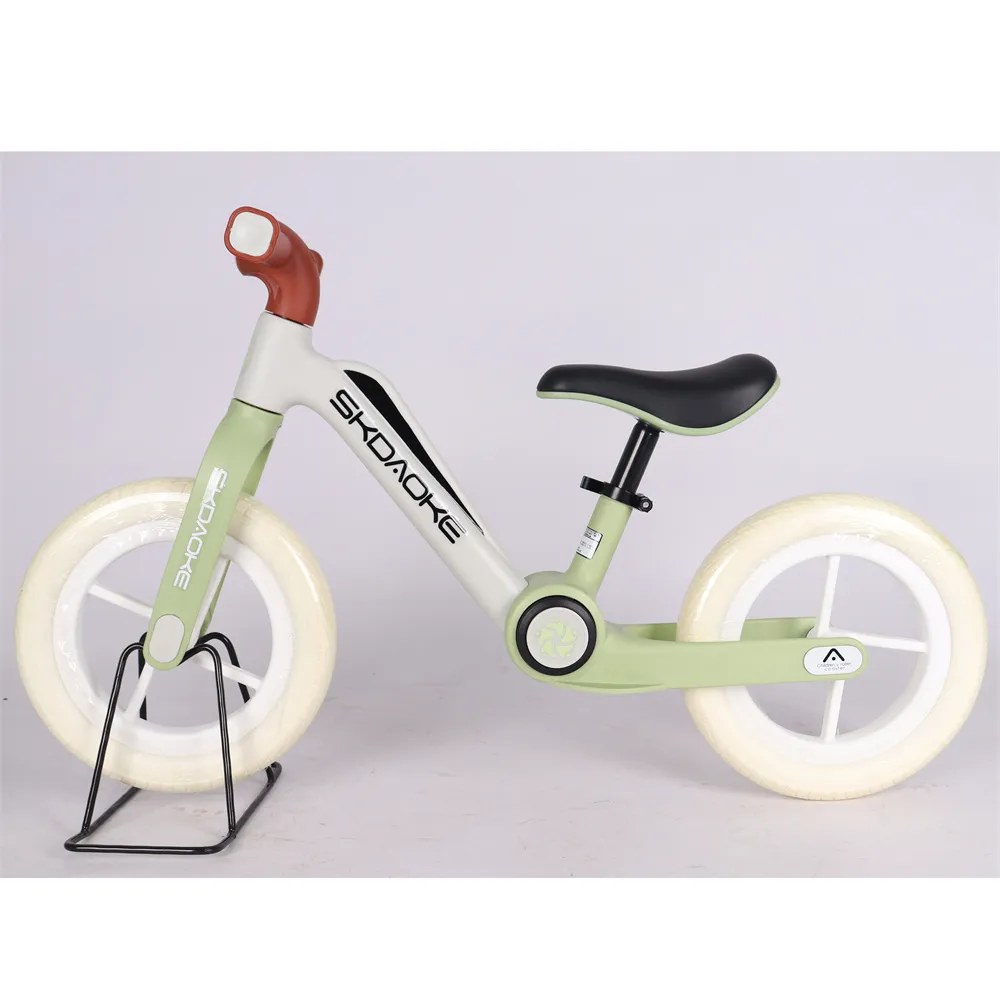Balance Bikes Designed for Older Kids to Enhance Riding Skills and Confidence
Balancing Act The Benefits of Balance Bikes for Older Kids
In recent years, balance bikes have gained significant popularity as a stepping stone for children learning to ride. Initially designed for toddlers, these two-wheeled wonders have now found their way into the hands of older kids, offering a unique set of advantages. While traditional bicycles often come equipped with training wheels, balance bikes encourage a more organic learning experience, allowing children to develop crucial motor skills and confidence. This article explores how balance bikes serve older kids and why they are an excellent choice for young riders.
What is a Balance Bike?
A balance bike is a simple, lightweight bicycle designed without pedals or training wheels. Instead, children propel themselves using their feet while seated on the bike. This method not only makes it easier for kids to learn how to balance but also encourages them to develop coordination and control over their movements. Balance bikes come in various sizes, making them suitable for older children who are ready to transition into cycling independently.
Benefits for Older Kids
1. Enhanced Balance and Coordination As children grow, they become increasingly receptive to developing physical skills. Balance bikes help refine their balance and coordination far more effectively than traditional bikes. By learning to balance first, kids are better equipped to handle the complexities of riding a bicycle with pedals.
2. Reduced Fear of Falling One of the biggest barriers to learning how to ride a bicycle is the fear of falling. Because balance bikes are lower to the ground and do not require pedaling, older kids can practice balance without the imminent risk of a painful crash. Kids can learn to manage their speed and stop safely, fostering a positive learning environment.
balance bike for older kids

3. Increased Confidence Gaining confidence is crucial when learning to ride a bike. Balance bikes empower older kids to progress at their own pace. As they master the skill of balance, they gain a sense of accomplishment, making the transition to a pedal bike a much less daunting task.
4. Social Interaction Riding a balance bike is not just about individual skill development; it also fosters social interaction. Older kids can ride together, engaging in fun and cooperative play, which enhances their social skills and encourages friendships. Riding in groups can also introduce them to elements of bike safety and teamwork, enriching their overall learning experience.
5. Physical Fitness Encouraging physical activity is essential for children, especially as they grow older. Balance bikes provide an excellent way for kids to exercise while having fun. The act of propelling themselves and balancing engages multiple muscle groups, contributing to their overall physical health.
Transitioning to Traditional Bicycles
Once children have mastered balancing on a balance bike, transitioning to a traditional pedal bicycle becomes much smoother. Children who have previously used balance bikes typically require less time to learn how to pedal. They already understand the dynamics of balancing on two wheels, allowing them to focus on pedaling and steering. This seamless transition can reduce frustration and foster a lifelong love for cycling.
Conclusion
In conclusion, balance bikes present a fantastic opportunity for older kids to enhance their riding skills while having fun. By promoting balance, coordination, and confidence, these bikes serve as an invaluable tool in the development of young riders. They not only prepare children for the next level of cycling but also integrate important elements of physical health, social interaction, and personal growth. Parents considering the best approach to help their children learn to ride should strongly consider incorporating a balance bike into their journey. By doing so, they set their kids up for success and a love of cycling that can last a lifetime.
-
kids-scooter-tiny-olympic-games-scooterathlonNewsAug.22,2025
-
kids-scooter-waves-xingtai-zhongzhous-global-rippleNewsAug.22,2025
-
baby-tricycle-oem-legacy-zhongzhou-forgedNewsAug.22,2025
-
xingtais-twin-tricycle-revolution-siblings-ride-togetherNewsAug.22,2025
-
baby-tricycle-design-inspired-by-ancient-armorNewsAug.22,2025
-
nfc-chip-enabled-oem-baby-tricycle-trackingNewsAug.22,2025
-
The Perfect Baby TricycleNewsAug.11,2025








